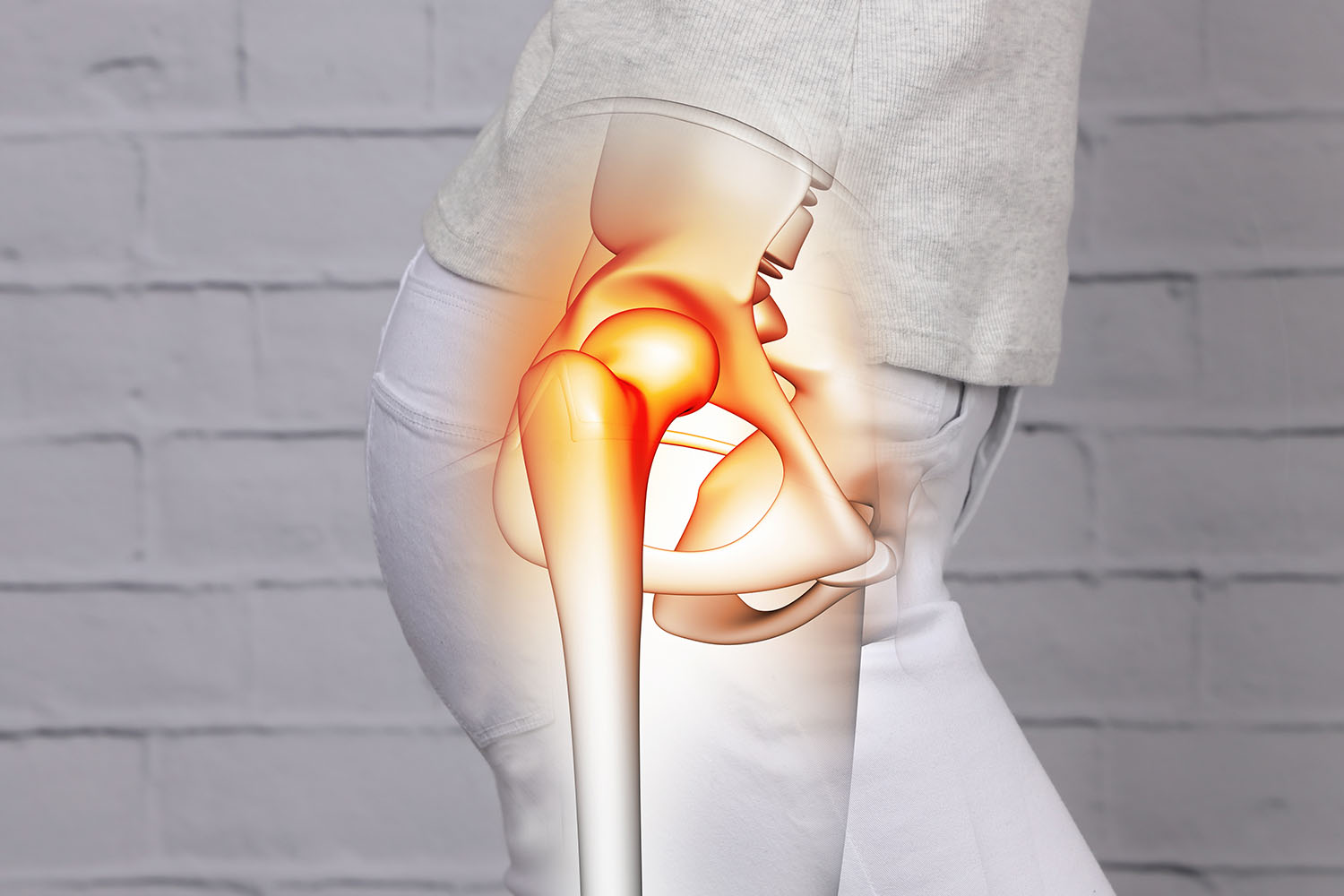Overview
The hip joint is a marvel of engineering, designed to provide stability, mobility, and support for the body’s weight. However, like any intricate mechanism, it is susceptible to injury and wear over time. One such common injury is the labrum tear hip, a condition that can cause significant pain and discomfort if left untreated. In this blog, we’ll delve into the details of labrum tear hip, exploring its causes, symptoms, and the latest in treatment options based on international research and medical facts.

What is a Labrum Tear Hip?
The hip labrum is a ring of cartilage that surrounds the hip joint, providing stability and cushioning. A labrum tear hip occurs when this cartilage is damaged or torn, often due to trauma, repetitive movements, or degenerative changes in the joint. Athletes involved in sports that require frequent pivoting, such as soccer or basketball, are particularly prone to this injury. Additionally, conditions like femoroacetabular impingement (FAI) can predispose individuals to labrum tears.
Causes of Labrum Tear Hip
Trauma: Direct impact to the hip joint, such as a fall or collision, can result in a labrum tear.
Repetitive Movements: Activities that involve repetitive twisting or pivoting motions, like dancing or certain occupations, can gradually wear down the labrum over time.
Anatomical Factors: Structural abnormalities in the hip joint, such as hip dysplasia or FAI, can increase the risk of labrum tears.
Age and Degeneration: As we age, the cartilage in our joints naturally wears down, making us more susceptible to labral tears.
Symptoms of Labrum Tear Hip
Identifying a labrum tear hip can be challenging, as symptoms can vary widely among individuals. However, common signs include:
Hip Pain: Persistent pain in the groin, hip, or buttocks, particularly during movement or weight-bearing activities.
Clicking or Catching Sensation: Some individuals may experience a clicking or catching sensation in the hip joint, especially during certain movements.
Limited Range of Motion: Difficulty moving the hip joint through its full range of motion, accompanied by stiffness or instability.
Feeling of Locking: Sensation that the hip joint “locks” or gets stuck in certain positions.
Diagnosis and Treatment Options
Diagnosing a labrum tear hip typically involves a combination of physical examination, imaging studies such as MRI or CT scans, and sometimes diagnostic injections. Once diagnosed, treatment options may include:
Conservative Management: Initially, rest, activity modification, and physical therapy may be recommended to alleviate symptoms and strengthen the surrounding muscles.
Medications: Nonsteroidal anti-inflammatory drugs (NSAIDs) or corticosteroid injections may be prescribed to reduce pain and inflammation.
Surgical Intervention: In cases where conservative measures fail to provide relief, arthroscopic surgery may be necessary to repair or remove the torn portion of the labrum.
International Research and Advancements
Researchers and healthcare professionals worldwide are continually exploring new techniques and technologies to improve the diagnosis and treatment of labrum tear hip. Recent international studies have investigated the effectiveness of novel surgical approaches, such as hip arthroscopy with labral reconstruction, as well as the role of regenerative therapies like platelet-rich plasma (PRP) injections in promoting tissue healing.
Additionally, collaborative efforts between orthopedic surgeons, physiotherapists, and researchers aim to develop personalized treatment protocols tailored to each patient’s unique needs and circumstances. By leveraging the latest advancements in medical science and technology, healthcare providers strive to optimize outcomes and improve the quality of life for individuals affected by labrum tear hip.
Labrum tear hip is a common yet often misunderstood injury that can significantly impact an individual’s mobility and quality of life. By understanding the causes, symptoms, and treatment options associated with this condition, patients and healthcare providers can work together to develop effective management strategies tailored to each individual’s needs.
Through ongoing research and collaboration within the international medical community, the future holds promise for further advancements in the diagnosis and treatment of labrum tear hip, ultimately offering hope for improved outcomes and recovery for those affected by this condition.


